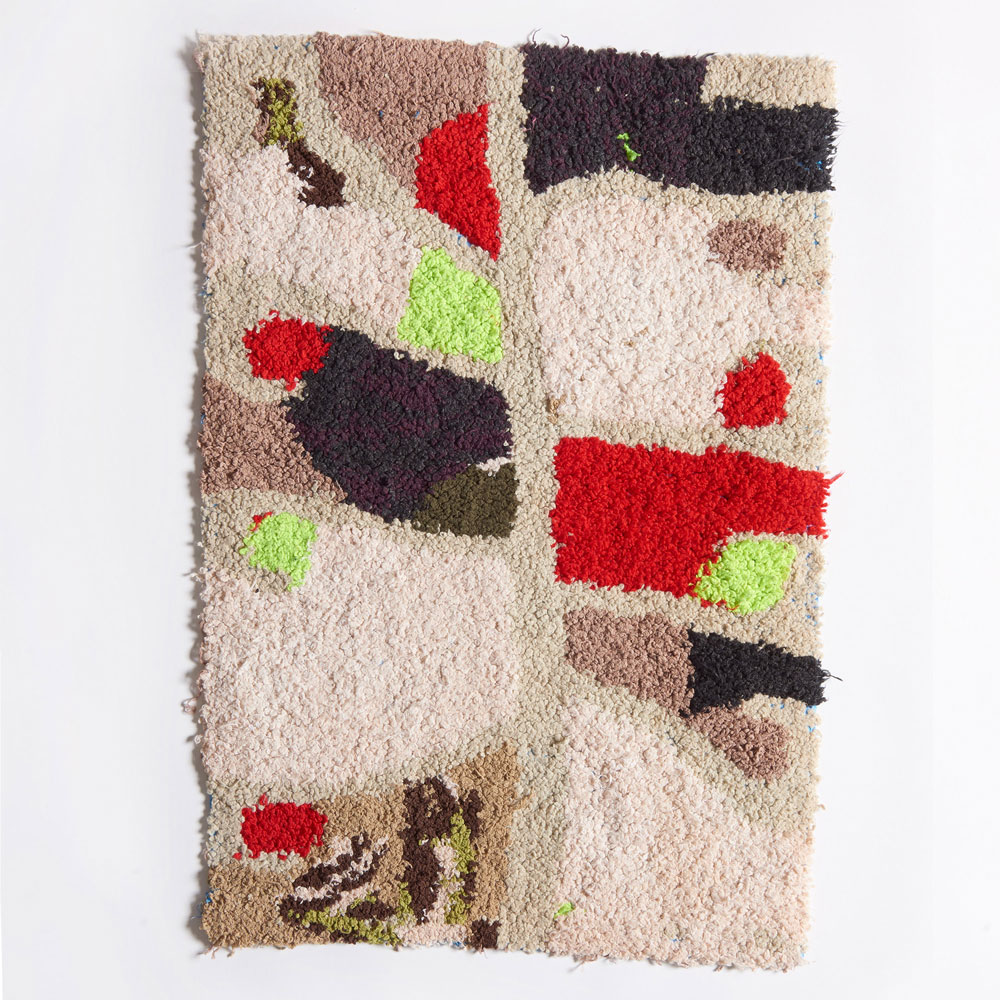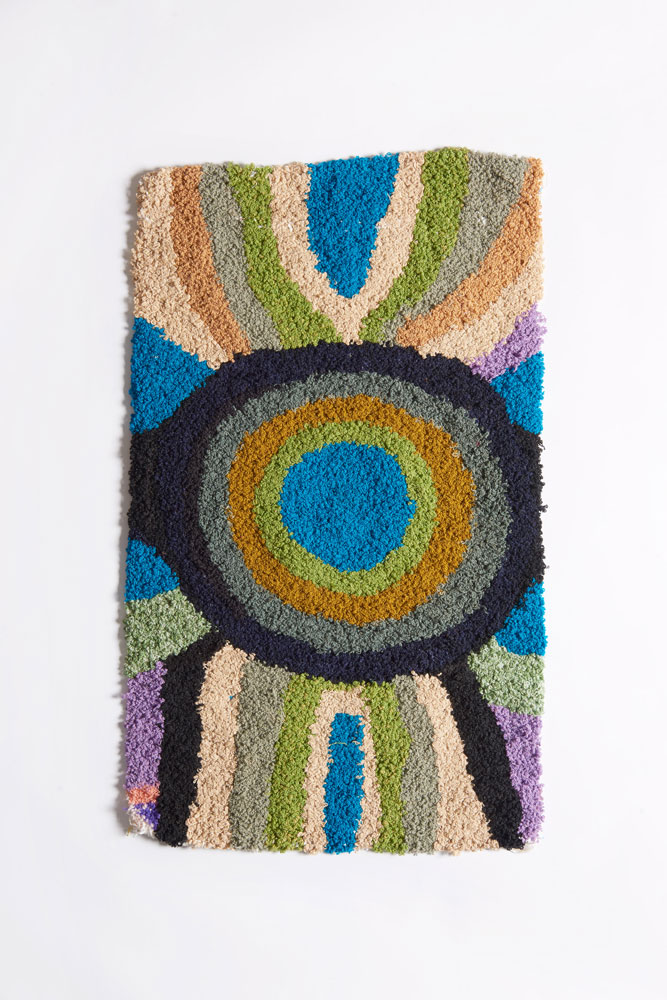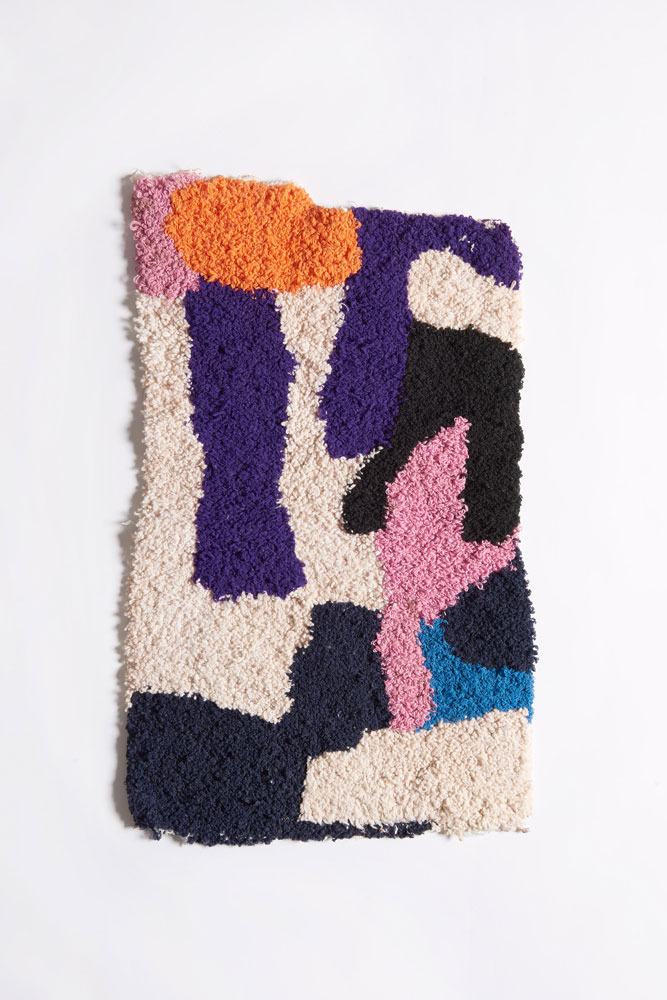
Before 2000, domestic interiors took a typically cookie-cutter approach to design, and the market for floor coverings was more suited to corporate spaces than personalised homes. It was this gap in the market that led Souad Larusi to found Larusi with her husband, Bert Rozeman of Rozeman Architects. Souad and Bert were among the first to bring Moroccan tribal rugs to London homes, sourcing Beni Ourain rugs decades before they became staples of contemporary homeware. This was also long before the lustrous white tufts of high-grade wool and yarn were replaced with low- grade chemically treated wools and production moved from family homes to factories.
Expertly versed in the weaving of the Berber tribes, Larusi champions the incredible craft skills that spill across the region. Alongside their preference for high-quality traditional materials, Souad and Bert value the ingenuity of crafting unique pieces out of recycled materials. The duo favour artistic feats that use forgotten everyday products to make something exceptional, including lampshades carved out of old copper boilers, packaging straps turned into pleated shopping bags and Zindekh rugs fashioned from flour sacks.

Measuring around 60cm by 100cm, these rugs are one-off fusions of creativity and sustainability. On a backing cut from the strong woven plastic of grain bags, Zindekh women traditionally form a mosaic of colour and texture using materials that would otherwise go to landfill. They recycle the family’s worn-out clothing, unravelling yarns from old knitwear and incorporating twine and packing materials. Despite being made by craftspeople with no formal artistic education, the finished compositions resemble modernist masterpieces by Kandinsky, Klee or de Staël.
There is an irony when considering the Western fetishisation of traditional Moroccan rugs. Their manufacturing techniques, originally premised on slow production and reusing all available material for new purposes, have been brushed with a stroke of consumerist culture. Nowadays such rugs are made in commercial factories or workshops using chemicals that leak into rivers and pose environmental threats. Souad explains that Zindekhs are becoming an increasing rarity as younger generations migrate to the cities, abandoning the traditional cultural practices of their elders. Souad and Bert are evangelists for the Moroccan way of living, which they describe as “doing a little with a lot, rather than buying everything you think you need”. As they point out, investing in the constant reinvention of existing materials is much more rewarding than buying into the cheap convenience brands that quickly became household staples in European and American homes. Larusi is a reminder of the origins of these floor coverings and the significance of textile design within our shared human culture.


